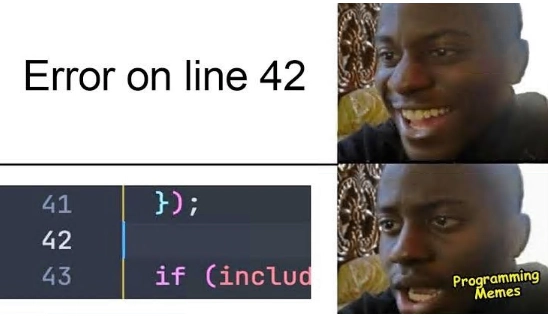Why I Built a Modern TypeScript SDK for Telegram Bots (and You Should Use It Too)
When I first started building Telegram bots in Node.js, I expected it to be fun. But pretty quickly I ran into a familiar wall: boilerplate, manual wiring, poor DX (developer experience). You know how it goes. You want to just send a message or set a webhook — and instead, you’re copy-pasting code from Stack Overflow, manually writing fetch requests, building URLs by hand, and dealing with vague error messages like "Bad Request" with no clue what’s wrong. There are libraries out there, sure. But most of them are either outdated, bloated, or just not friendly if you’re building something serious, especially with TypeScript. That’s when I realized: I’d rather invest time into building a clean SDK than keep fighting with spaghetti code every time I need a bot. So I built gramflow — a modern, minimalistic, developer-focused SDK for the Telegram Bot HTTP API. ⸻

When I first started building Telegram bots in Node.js, I expected it to be fun.
But pretty quickly I ran into a familiar wall: boilerplate, manual wiring, poor DX (developer experience). You know how it goes.
You want to just send a message or set a webhook — and instead, you’re copy-pasting code from Stack Overflow, manually writing fetch requests, building URLs by hand, and dealing with vague error messages like "Bad Request" with no clue what’s wrong.
There are libraries out there, sure. But most of them are either outdated, bloated, or just not friendly if you’re building something serious, especially with TypeScript.
That’s when I realized:
I’d rather invest time into building a clean SDK than keep fighting with spaghetti code every time I need a bot.
So I built gramflow — a modern, minimalistic, developer-focused SDK for the Telegram Bot HTTP API.
⸻









































































































































































![[The AI Show Episode 144]: ChatGPT’s New Memory, Shopify CEO’s Leaked “AI First” Memo, Google Cloud Next Releases, o3 and o4-mini Coming Soon & Llama 4’s Rocky Launch](https://www.marketingaiinstitute.com/hubfs/ep%20144%20cover.png)



































































































































![From fast food worker to cybersecurity engineer with Tae'lur Alexis [Podcast #169]](https://cdn.hashnode.com/res/hashnode/image/upload/v1745242807605/8a6cf71c-144f-4c91-9532-62d7c92c0f65.png?#)























![BPMN-procesmodellering [closed]](https://i.sstatic.net/l7l8q49F.png)




















































































.jpg?#)
.jpg?#)
































































































































![CarPlay app with web browser for streaming video hits App Store [U]](https://i0.wp.com/9to5mac.com/wp-content/uploads/sites/6/2024/11/carplay-apple.jpeg?resize=1200%2C628&quality=82&strip=all&ssl=1)
![What’s new in Android’s April 2025 Google System Updates [U: 4/21]](https://i0.wp.com/9to5google.com/wp-content/uploads/sites/4/2025/01/google-play-services-3.jpg?resize=1200%2C628&quality=82&strip=all&ssl=1)












![Apple Releases iOS 18.5 Beta 3 and iPadOS 18.5 Beta 3 [Download]](https://www.iclarified.com/images/news/97076/97076/97076-640.jpg)
![Apple Seeds visionOS 2.5 Beta 3 to Developers [Download]](https://www.iclarified.com/images/news/97077/97077/97077-640.jpg)
![Apple Seeds tvOS 18.5 Beta 3 to Developers [Download]](https://www.iclarified.com/images/news/97078/97078/97078-640.jpg)
![Apple Seeds watchOS 11.5 Beta 3 to Developers [Download]](https://www.iclarified.com/images/news/97079/97079/97079-640.jpg)


































































































































